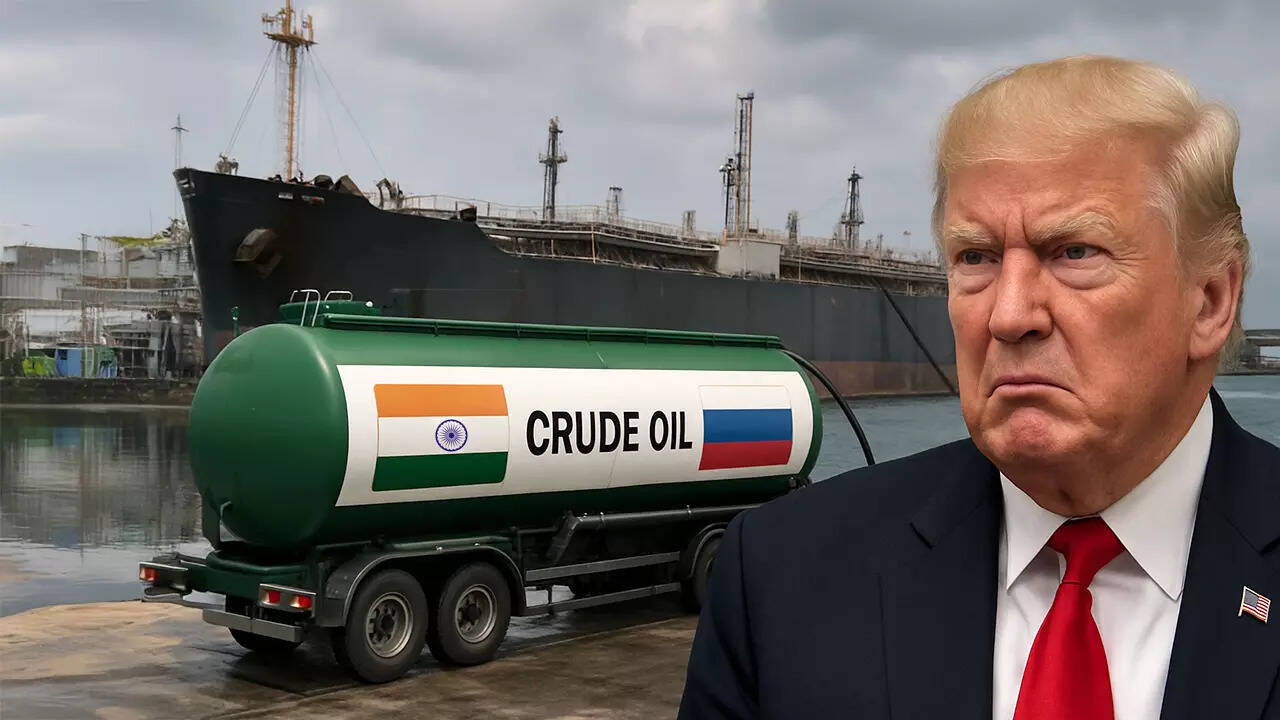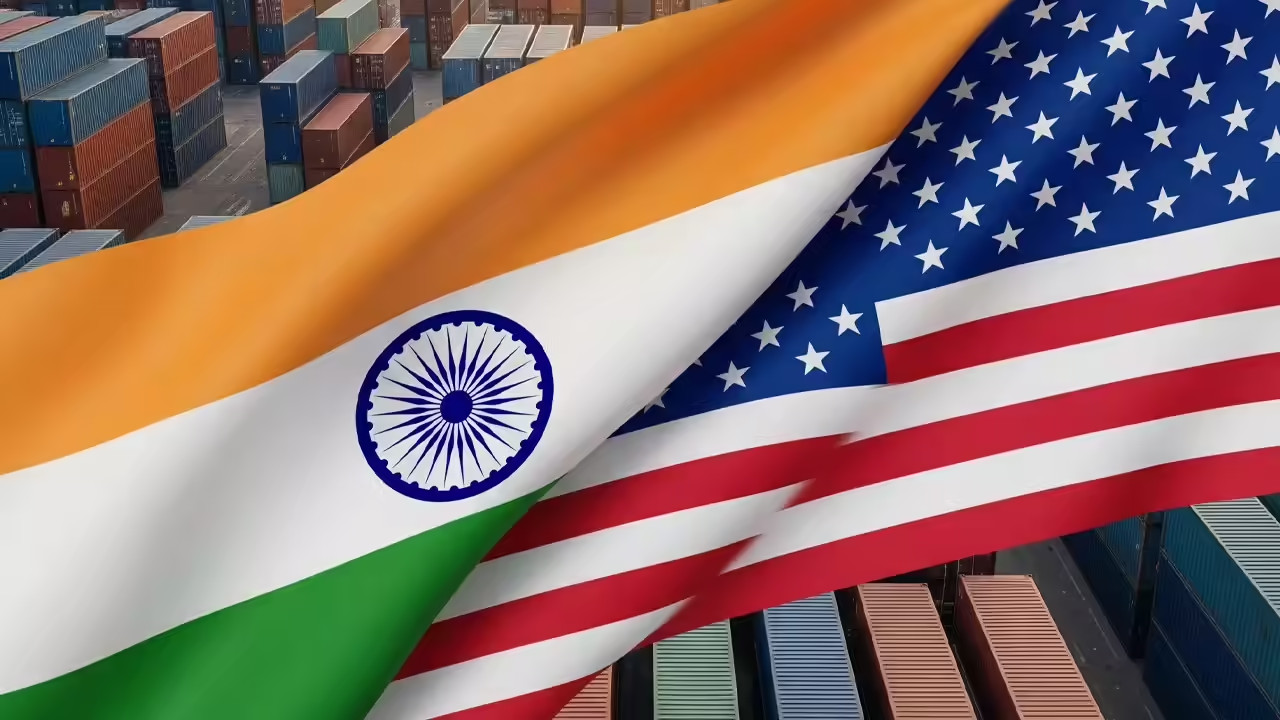India’s crude oil imports from Russia slightly decreased in September but still comprised over one-third of its total acquisitions, with Russia remaining the top supplier. Despite US pressure, Russian barrels are crucial for Indian refiners due to their economic viability and embedded supply chains, ensuring their core position in India’s import mix.
Russia Still Fuels India: Crude Oil Supply Unfazed
For months, whispers have echoed about shifting alliances and the geopolitical chess match surrounding global energy. The big question hanging in the air: would India, under pressure from the West, pivot away from Russian crude oil? The answer, it seems, is a resounding “not yet,” at least for now. Russia remains India’s primary source of crude, a position solidified not by political allegiance but by simple economics.
The story isn’t about defiance, but rather a pragmatic approach to securing the most cost-effective energy resources. Indian refineries, tasked with fueling a rapidly growing economy, are laser-focused on the bottom line. Russian crude, often offered at discounted rates compared to other global benchmarks, presents an undeniable advantage. Why pay more when you can get the same essential resource for less?
This isn’t to say that India is ignoring international pressure. It’s a delicate balancing act, navigating the complexities of global politics while prioritizing national interests. The situation is further complicated by the upcoming U.S. Presidential election. A shift in administration could potentially alter the landscape, leading to renewed or revised sanctions and pressures. The constant speculation surrounding these possibilities adds another layer of complexity to India’s energy strategy.
Why Russian Oil Makes Sense for India
Several factors contribute to Russia’s continued dominance in supplying India’s crude oil needs. First and foremost is the price. The discounted rates offered on Russian crude make it an extremely attractive option for Indian refiners operating in a competitive market. Second, established trade routes and payment mechanisms, though sometimes complex, are already in place. Building entirely new supply chains with other countries requires time, investment, and logistical hurdles. This existing infrastructure provides a tangible advantage.
Thirdly, Russian crude fits well within the processing capabilities of many Indian refineries. Different types of crude oil require specific refining processes. Indian refineries have adapted and optimized their systems to efficiently process the type of crude typically supplied by Russia. Shifting to a drastically different type of crude would necessitate costly and time-consuming adjustments.
The Global Energy Puzzle and India’s Role
The global energy market is a complex web of interconnected interests and fluctuating prices. Sanctions, political tensions, and evolving environmental regulations all play a role in shaping the supply and demand dynamics. India, as one of the world’s largest and fastest-growing economies, is a significant player in this global puzzle. Its decisions regarding energy sourcing have ripple effects across the market.
The question of long-term energy security looms large. While Russia remains a key supplier in the short term, India is actively diversifying its energy sources to mitigate risk. Investments in renewable energy, such as solar and wind power, are rapidly increasing. The nation is also exploring alternative sources of crude oil from other regions.
This proactive approach reflects a strategic vision aimed at achieving energy independence and reducing reliance on any single supplier. It’s a gradual process, requiring significant investment and technological advancements, but it signals a clear commitment to a more sustainable and diversified energy future. Related content on India’s growing renewable energy sector can be found here.
India’s Crude Oil Strategy: A Balancing Act
In conclusion, Russia’s continued position as India’s primary crude oil supplier isn’t a statement of political alignment, but a reflection of practical economic considerations. The discounted prices and established trade routes make Russian crude the most economical option for Indian refiners. However, this isn’t a static situation. India is actively diversifying its energy portfolio, investing in renewables and exploring alternative crude oil sources, to ensure long-term energy security and navigate the ever-changing landscape of global energy politics. The balancing act between immediate needs and long-term strategic goals will continue to shape India’s energy policy for years to come.








